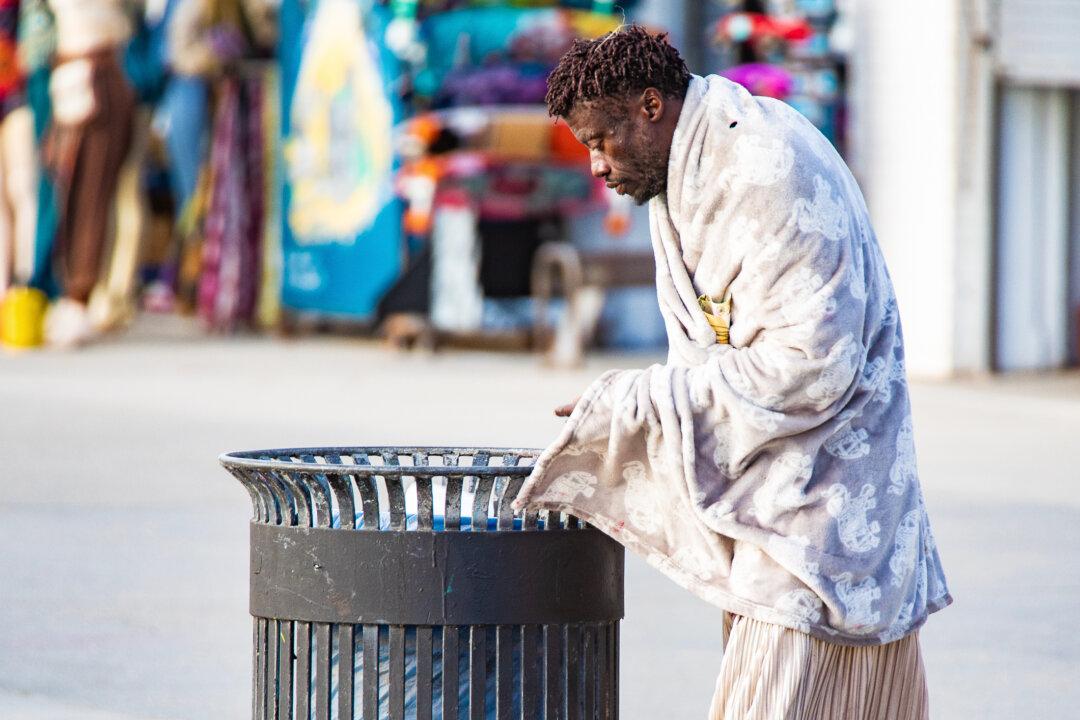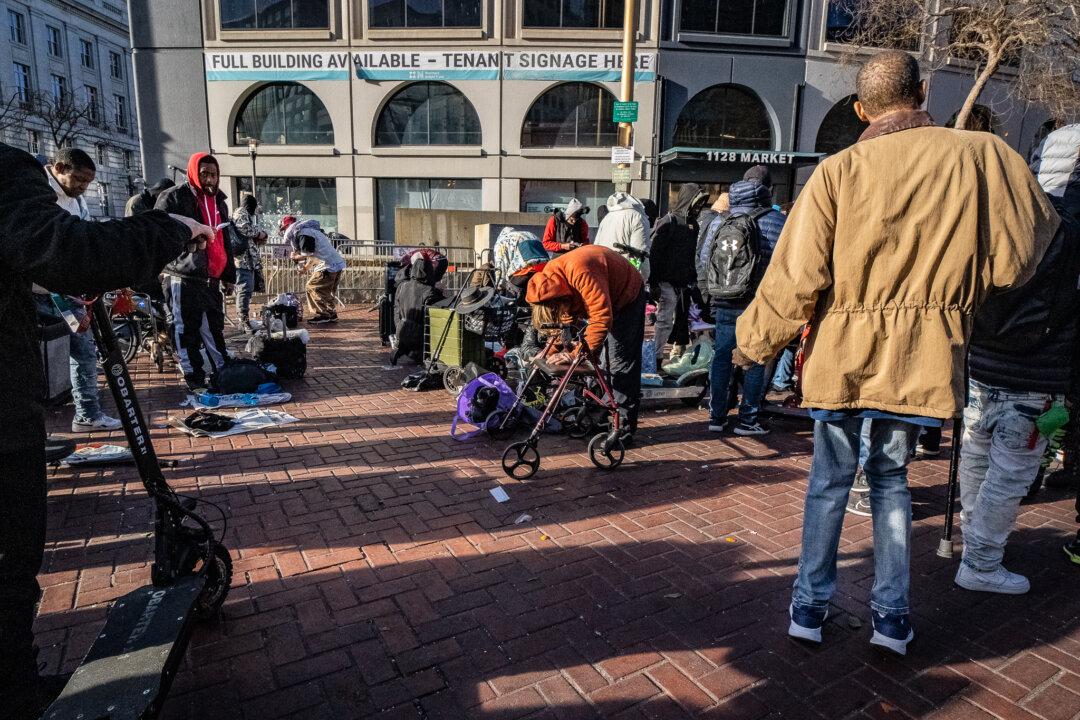Supportive housing for the growing homeless population of Los Angeles is not being built fast enough to keep up with demand, despite ballot measures passed to address the problem, the city controller says.
“Unfortunately what we’ve seen is, I think, a combination of neglect, a lack of focus, a lack of leadership, a lack of accountability, deficient priorities, siloed government, fractured government, and a lot of good intentions that have gone bad,” L.A. City Controller Ron Galperin said at a Venice Beach Neighborhood Council on Feb. 18.





